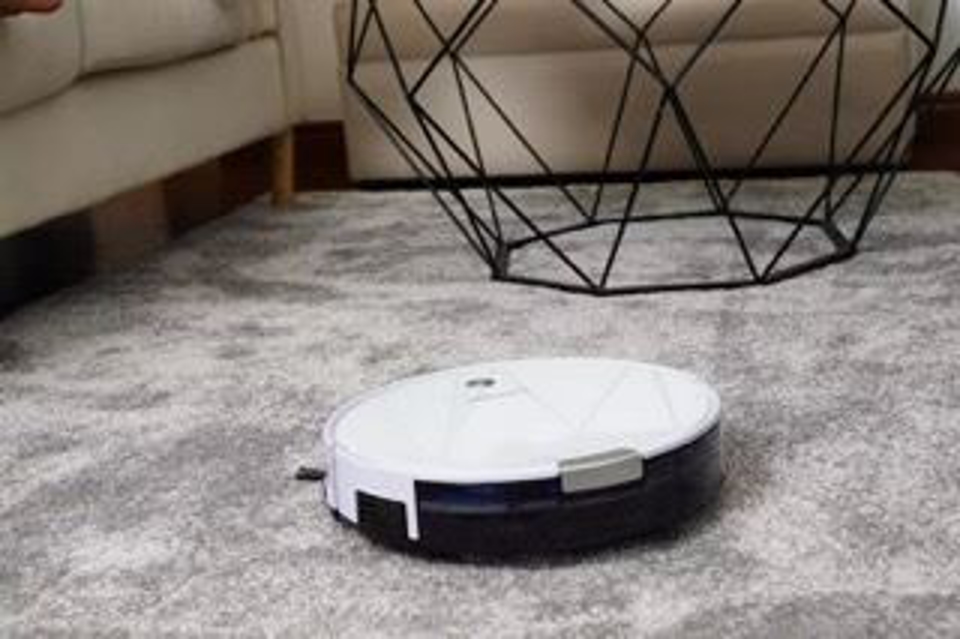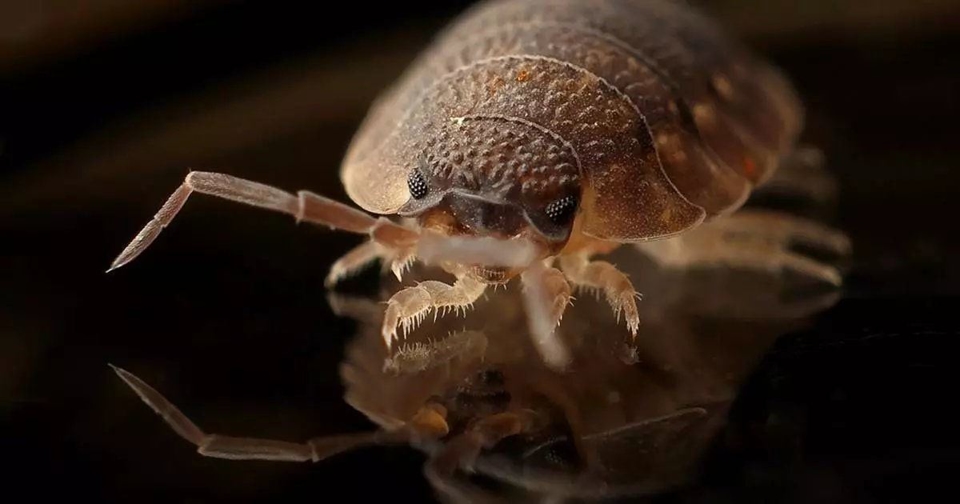“Good night. Sleep tight. Don’t let the bedbugs bite” is a childhood rhyme that dates back to the 16th and 17th centuries.
The rhyme may have connoted a different meaning back then, but it still rings true up to this day.
The problem with bedbugs dates back to ancient Egypt and Rome but under different names. It spread because of colonization and industrialization until the development of dichlorodiphenyltrichloroethane (commonly known as DDT) and other pesticides that wiped them out in the 20th century.
But they have made several comebacks, so it’s best that you be prepared against the bugs that bother your sleep.
What are bedbugs?
Bedbugs are small, oval, brownish insects that feed on the blood of humans or animals. When full-grown, they have flat bodies with the same size of an apple seed. Their bodies swell and turn reddish after feeding.
Major US health organizations such as the Environmental Protection Agency (EPA), the Centers for Disease Control and Prevention (CDC), and the United States Department of Agriculture (USDA), consider bedbugs as public health pests.
Their bites are very itchy irritating to their human host. But while biting, they are not known to transmit or spread any kind of disease.
Bedbugs also do not fly, but they move fast over floors, walls, and ceilings.
The female bedbug can lay hundreds of dust-sized eggs in its lifetime. When hatched, immature bedbugs called nymphs, shed their skins five times before reaching maturity. Every time they shed, they need to feed on blood.
How do they spread?
Bedbugs are believed to spread due to travel—they enter your home undetected through your luggage, clothing, old beds, and couches, etc. thanks to their flat bodies that make them fit almost anywhere.
While they do not have nests like other insects, they usually live in groups in hiding. One of their most common hiding places are mattresses, box springs, bed frames, and headboard so they can easily bite people in the night. But it doesn’t mean they won’t hide in other parts of your house.
When you have a bedbug infestation, it doesn’t mean you’re house is filthy—you can also find them in clean homes and even hotel rooms. Bedbugs just live solely on blood, and a house is where they’ll find their next meals.
Bed bugs’ bite
Bedbugs are active at night, that’s why they usually bite people while sleeping. Initially, their bites are painless until they swell and become irritatingly itchy.
They don’t have similar bite marks with fleas. Bedbugs’ bites do not have a red spot in the center like flea bites do. They do, however, look similar to mosquito bites and are usually mistaken as such.
Bed bug prevention
A bedbug infestation can be prevented through research. You will need to confirm whether you have a bedbug infestation or something else.
Once confirmed, you can start cleaning up the places where bedbugs live, such as your bedroom. If your mattress is infested with bedbugs, it’s best that you replace it immediately.
After cleaning up the infested area, you can get rid of them using chemical treatments, but make sure they are safe to use in your bedroom.
But if you want them out safely and effectively, it’s best to hire professionals.
Are you living in the Sacramento Area and need help in addressing your bedbug problem? Rocklin Pest Control can help you with that! We have over 30 years of experience in general pest control, including bedbugs.
Give us a call, and we can schedule a check-up and you can go back to having a pest-free sleep!
Related articles:
- Best Pest Control Service Provider in Sacramento
- How to Get Rid of Bedbug Bite Marks
- Bed Bug Control for Your Home





